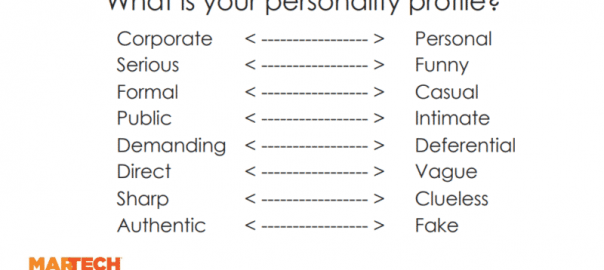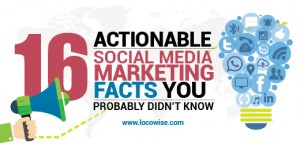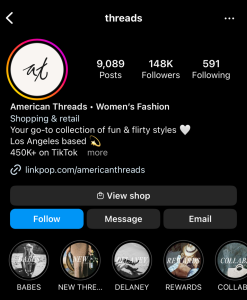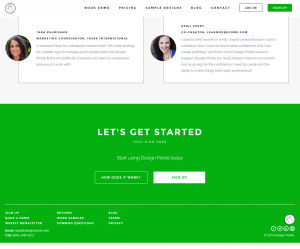Before diving into amplifying the personality of your brand, it’s important to first decide “who” your brand is.
If marketers don’t take control of how customers perceive their brands, customers will.
“One of the things we’ve got to remember about customers is that they always like to attribute personalities to the characters they interact with,” said Terry Flynn, president of multichannel marketing company Market Chord, in his recent MarTech presentation.
“We can either let our customers give ourselves characters, or we can choose to define that personality and help shape the way that our customers interact with our communications.”
Perception is a major factor in marketing success. In fact, 86% of consumers believe authenticity is important when choosing which brands to support.
Developing a marketing personality
Before diving into amplifying the personality of your brand, it’s important to first decide “who” your brand is. For example, is its tone corporate, serious and formal or is it more personal, funny and casual? Is it speaking to the public at large or a more intimate audience? Is it demanding and direct, or deferential and vague? It should be sharp, and not clueless, and, above all … authentic.
“Most important of all is that you are authentic,” Flynn said. “We all know it’s very clear when sometimes things are fake.”
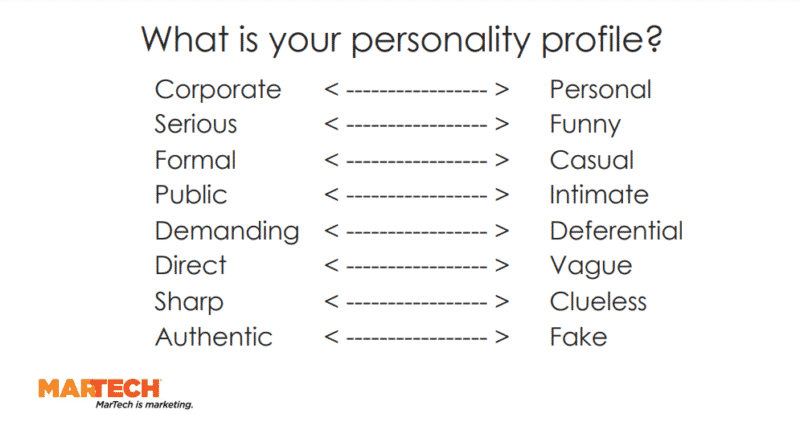
Now that you have decided “who” your brand is, here are the seven ways to cement that brand identity for your customers.
1. Content
Your content is the most important element in showing your customers “who” the brand is. Your content should communicate all of the personality decisions you’ve made for your brand.
2. Cadence
Ask yourself questions about your communication patterns. The cadence of your messaging will determine how customers interpret your brand.
3. Context
It’s important to give customers context. They will trust your brand when presented with thoughtful communication. This is especially important with automated messaging. It can help to show them parts of the automated process to be as transparent as possible. For example, you likely have seen emails from brands that start “My marketing automation bot told me …”
4. Coordination
Avoid overcommunication with prospects by coordinating outreach with your marketing team. Share your information with them through a CRM or a CDP (customer data platform). This will prevent confusion and provide more useful information to customers.
5. Confidence
Customers respond well to confident language. Communication should convey confidence in the ways it interacts with people. This reassures them and highlights the value of what you’re selling.
6. Call to action
Be clear and direct in what you’re asking for in your calls to action. The best marketing tactic is one that reacts to whatever stage of the customer journey they’re in. This helps marketers connect with people at the most opportune moments.
7. Personalization
Leverage the data you’ve collected and craft a personalized experience. Find an appropriate way to share your brand’s authentic interest in the customer.
“In the end, all of those elements are leverage you have,” said Flynn. “But you want to choose the right sending personality for your audience.”
The post 7 tips for building brand identity appeared first on MarTech.
(25)
